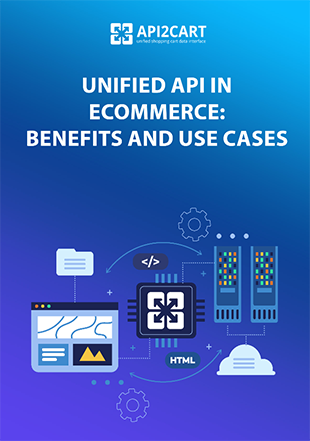
The importance of unified APIs, their main features, and examples of use in the eCommerce sphere
Find out more about how to use a unified API. Learn about all the aspects of integrating your software and applications with different eCommerce platforms and marketplaces via a unified API.
Today, integrations are an essential part of various businesses. On the one hand, they can help companies better utilize their features and focus only on developing core product functionalities. On the other hand, there is a risk of losing customers if your product doesn't offer integration with other customer tools. Regardless of the reason, integrations are essential for the survival of businesses.
However, integrating with multiple services and maintaining those integrations can take time and effort. Moreover, it takes away from building core products. Non-standard data fields, sudden API changes, updates of outdated documentation, and growing demand for new integrations can be major problems. Despite significant investment in developer time and resources, integrations often fail to perform as expected.
Unified API (also known as universal API) was created to solve the problem of making scalable B2B integrations.
This guide aims to inform eCommerce software providers about unified API, how it works, and how they can benefit from it.
Download the 'Unified API in eCommerce: Benefits and Use Cases' guide now and learn more about unified APIs.
PLEASE FILL IN THE FORM TO DOWNLOAD YOUR DOCUMENT:

Unified API in eCommerce: Benefits and Use Cases
Discover the detailed info related to unified APIs used in the eCommerce sphere.
